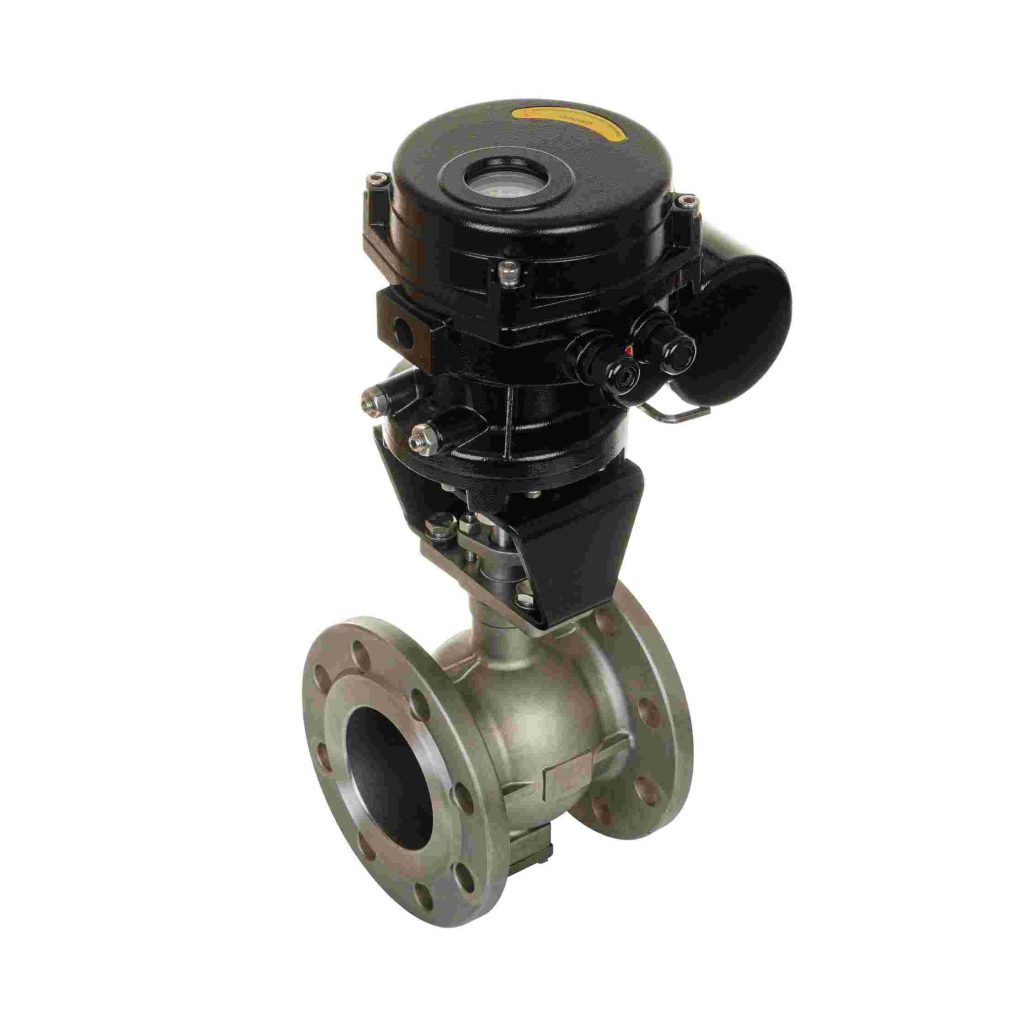The growing interest in hydrogen as a clean and sustainable energy source has led to significant developments in hydrogen-powered technologies. As the world seeks alternatives to fossil fuels, hydrogen is gaining traction as a viable solution for decarbonizing sectors such as transportation, industry, and power generation. However, like any energy system, hydrogen-based systems must be carefully designed to ensure safety, efficiency, and reliability. One key component in these systems is the Hydrogen Energy Power Off Reset Valve. This article delves into the importance of this valve, its function, and its role in enhancing the performance and safety of hydrogen systems.

What is a Hydrogen Energy Power Off Reset Valve?

A Hydrogen Energy Power Off Reset Valve is a specialized valve used in hydrogen-powered systems, such as fuel cells, hydrogen storage tanks, and hydrogen refueling stations. It is designed to automatically reset or activate specific safety functions when power is turned off or lost in the system. This mechanism helps ensure that the hydrogen system remains safe during power disruptions, preventing potential hazards such as leaks or uncontrolled pressure buildup. In simple terms, this valve acts as a fail-safe device, providing an additional layer of protection when electrical power is lost or interrupted. In hydrogen systems, maintaining consistent pressure and flow control is critical for both safety and efficiency. Therefore, when power is lost or the system undergoes an unexpected shutdown, the reset valve ensures that the system is restored to a safe state.

Leave a Reply